
Ever dreamed of channelling your inner Robyn Davidson on a daring 2,700km solo trek across Alice Springs to the Western Australia coast? Australia offers a number of famous well-established hiking trails that will lift your adventurous spirit as well as your heart rate.
Picture this: Tasmania’s Overland Track, weaving through Cradle Mountain-Lake St Clair National Park. Then there is the Larapinta Trail, dancing along the West MacDonnell Ranges in the Northern Territory, Victoria’s Great Ocean Walk containing approximately 100km of coastal charm, and the Heysen Trail of South Australia, 1,200km of stunning Flinders Ranges beauty. We’re pretty spoilt for choice when it comes to national parks in Australia.
What about those lesser-known trails, where you can dive headfirst into remote wonders without the hustle and bustle? Let us take you off the beaten path with some of Australia’s hidden hiking trails that are sure to leave you with a memorable story.
Whether you’re planning a hiking holiday domestically within Australia or abroad, your first step should be thinking about travel insurance in order to quickly get you back on track should your travel plans not start off on the right foot.
And before you set foot on those remote trails, a bit of advice: always remember to research trail conditions, obtain any necessary permits, and ensure you’re well-prepared for the specific challenges of each trail.
Cooloola Great Walk, Queensland
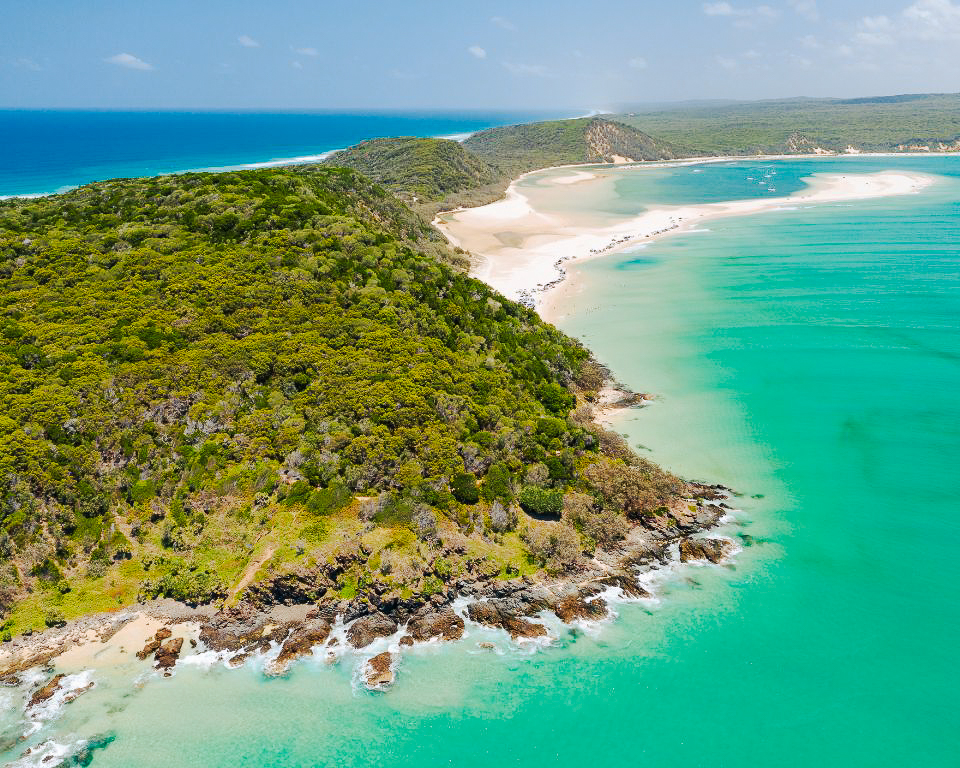
Located in Great Sandy National Park, the 102km Cooloola Great Walk takes you through coastal dunes, eucalypt forests, and subtropical rainforests. It’s a great way to explore the Sunshine Coast’s natural beauty.
Located within the Great Sandy National Park near the coastal town of Rainbow Beach, a mere 2-hour drive north of Brisbane, the Coolola Great Walk spans an estimated competition time of 5 to 7 days. For those with limited time, the trail can be divided into shorter segments.
A few of the walk’s highlights include the opportunity to hike along Teewah Beach, a stunning coastal stretch of sand, and pristine freshwater lakes, including Lake Cooloola and Lenthalls Dam where you can take a refreshing swim.
Scenic outlooks are scattered along the trail, providing breathtaking views of the surrounding landscapes, featuring the ocean and the Great Sandy Strait. You may also encounter kangaroos, wallabies, goannas, and a wide variety of birds.
Prospective hikers must obtain permits to undertake the moderately challenging Cooloola Great Walk, with cautious advice to book well in advance, especially during peak seasons. There are several campgrounds along the trail for overnight camping, equipped with facilities such as toilets, picnic tables, and water tanks. It is noteworthy, however, that you need to carry your own camping gear and supplies.
Frenchmans Cap, Tasmania
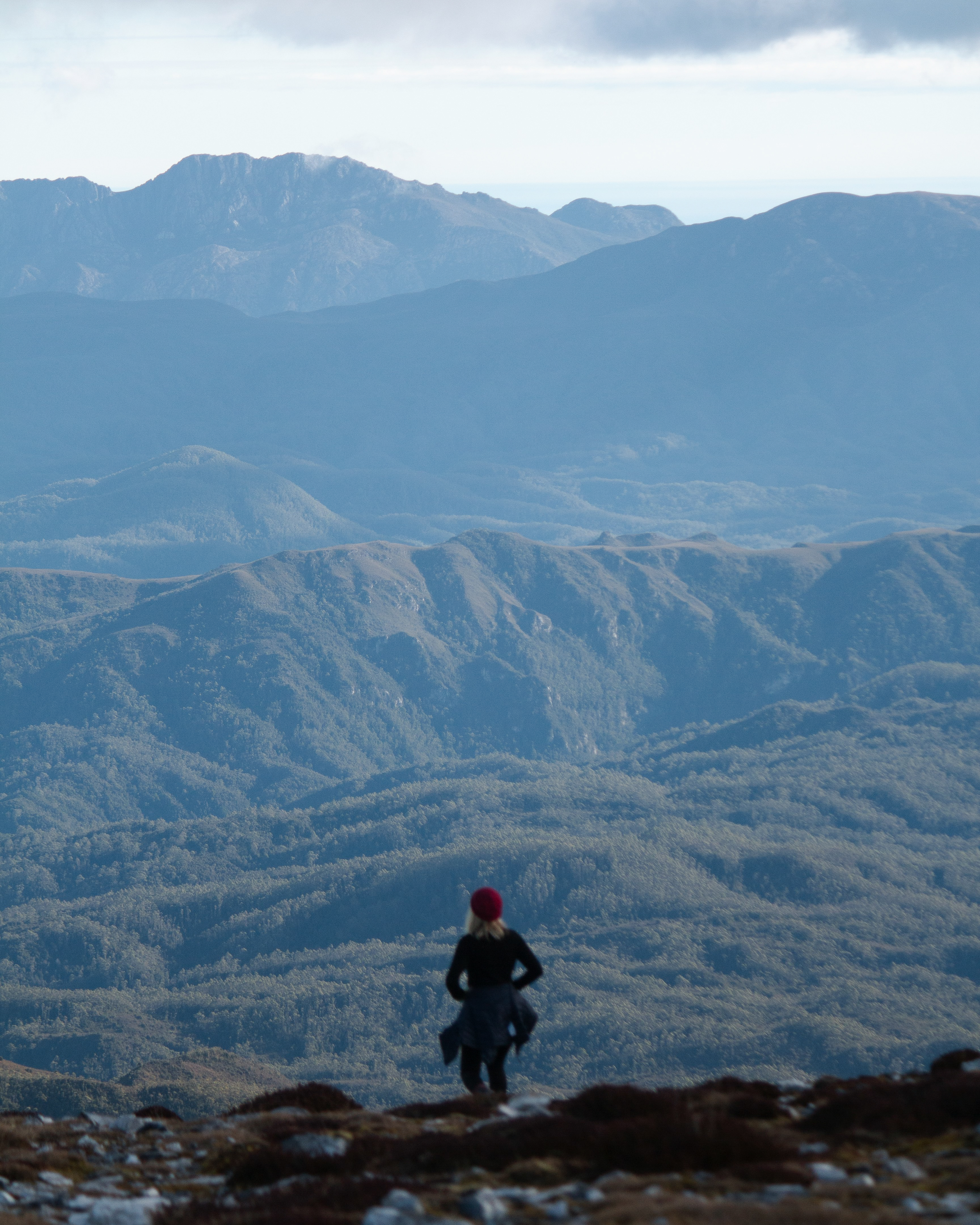
While not as famous as some other Tasmanian trails like the Overland Track, the Frenchmans Cap hike offers a challenging summit hike in the Franklin-Gordon Wild Rivers National Park. Like many Tasmania treks, the hike up Frenchmans Cap is one of Australia’s great scenic walks through truly remote wilderness.
At almost 1,500-metres, the mountain stands tall, not just in height but in history. It was once renowned for its distinctive shape which once aided escaped convicts seeking freedom through using it as a navigational landmark from the harsh wilderness.
The hike is accessible from the town of Queenstown which is approximately a 4–5 hour drive from Hobart. Being one of Tasmania’s tallest peaks, your efforts to reach the summit will be rewarded with views of Macquarie Harbour, the vast Southwest wilderness, and some of the mountains the Overland Track passes through.
This challenging and rewarding multi-day 46-kilometre bushwalking adventure is typically done as a 3-4 day return trip. You can expect the trail to often be overgrown in places due to the region’s abundant rainfall, forcing you to stay focused to stay on track.
Highlights include crossing the Franklin River on a suspension bridge as well as Barron Pass where you’ll need to endure a rather steep climb to reach the summit plateau. From there, it’s a leisurely walk to the summit.
Given the hike’s challenging and remote nature, prep is key. This includes carrying appropriate gear, clothing, food, and water, and being prepared for rapidly changing weather conditions. Additionally, hikers need to obtain a National Parks Pass for access to the park, as a booking system may be in place to limit the number of hikers on the track.
Wilpena Pound St Mary Peak Circuit, South Australia
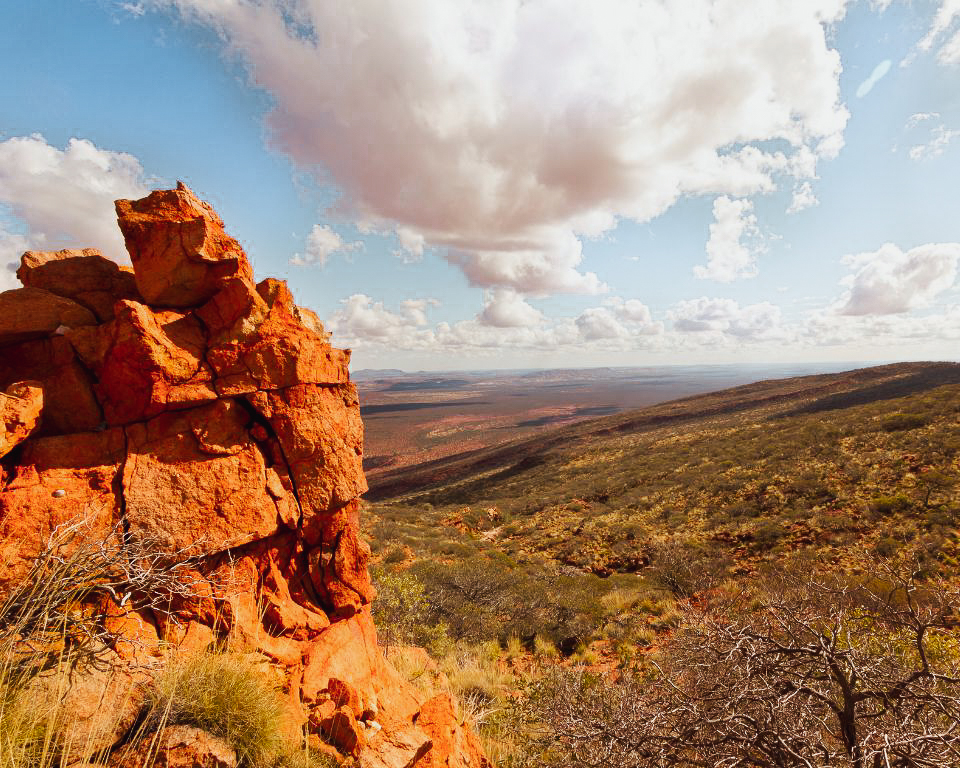
The Wilpena Pound St Mary Peak Circuit is a scenic hiking trail located in the heart of Flinders Ranges National Park. This trail offers the opportunity to explore the remarkable geological formation known as Wilpena Pound – a colossal natural amphitheatre embraced by rugged mountain ranges.
There are several hikes within Wilpena Pound such as the Malloga Falls hike, Mt Ohlssen Bagge trail, and Hills Homestead Walk. Commencing from the Visitor Centre, these trails showcase the park’s diverse beauty. Notably, the St Mary Peak Circuit stands out, gracing adventurers with unparalleled views from the highest peak in the Flinders Ranges.
The trek makes for a great day hike, being approximately 17km and taking roughly 9 hours to complete. Visitors to Flinders Ranges National Park are required to purchase a park pass which can be obtained at the Wilpena Pound Visitor Centre or online in advance.
For those seeking a comfortable retreat after a day of exploration, the Wilpena Pound Resort offers accommodation, serving as a perfect launchpad for discovering the region’s various trails, including a segment of the renowned Heysen Trail.
Beyond the trails, the Flinders Ranges region reveals a rich Indigenous history, with opportunities to explore Aboriginal cultural sites, such as the captivating rock engravings at Arkaroo Rock. The remote location and low light pollution make the Flinders Ranges an exceptional destination for stargazing on clear nights.
Mount Augustus Summit Trail, Western Australia

Mount Augustus, often called the “largest rock in the world”, stands proudly, showing more than double the size of its more renowned counterpart, Uluru. A unique feature that sets it apart – the chance for avid hikers to ascend to its summit to enjoy panoramic views of the Outback.
It takes a bit of an effort to get to Mount Augustus, being nearly 1,000km north of Perth. The primary feature of the aptly named Mount Augustus National Park is the mountain itself. Rising 717m above the flat plains that surround it, Mount Augustus covers an area of 4,795 hectares, making it one-and-a-half times larger than Uluru (3,330 hectares). Unlike many other mountain ranges which consist of multiple peaks, Mount Augustus is a single massive rock often regarded as the largest “monolith” in the world, although technically it’s what’s known as a monocline.
For intrepid hikers, the Mount Augustus Summit Trail, spanning about 12km, beckons. Plan for a 5-7 hour adventure to complete the round trip to the summit. Prepare yourself for a strenuous climb; this trail presents a challenging ascent, marked by steep sections, rocky terrain, and moments of scrambling.
The summit’s reward is unparalleled – a breathtaking panorama of the surrounding landscape, including the vast plains, gorges, and rocky outcrops of the Gascoyne region.
Gloucester Tops Circuit, New South Wales
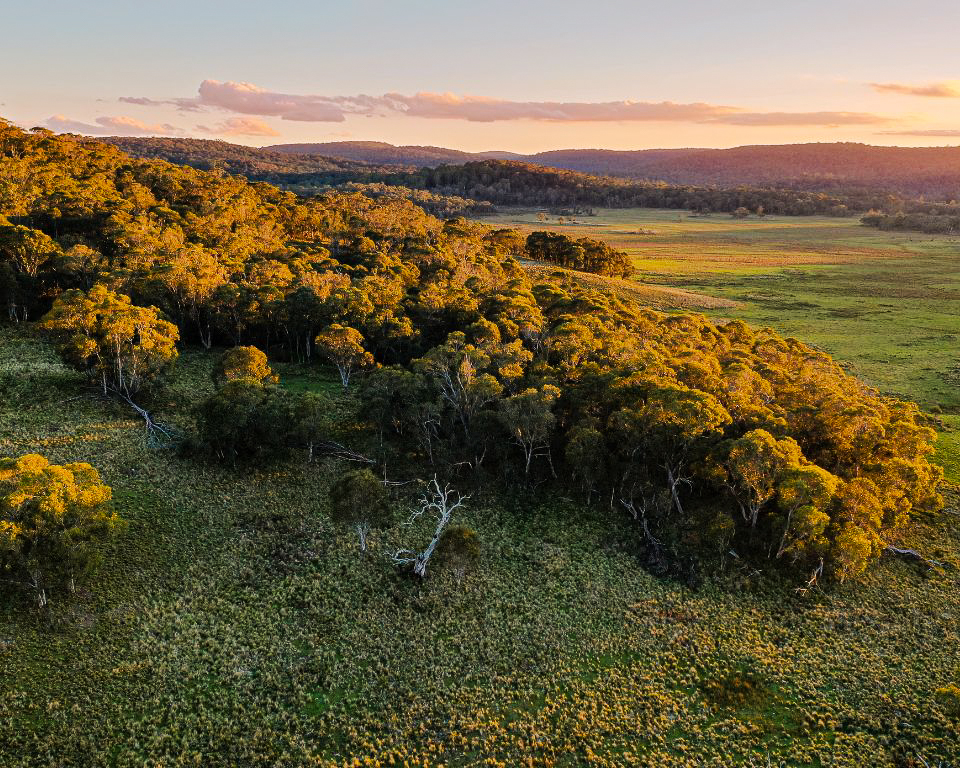
The Gloucester Tops Circuit, situated within Barrington Tops National Park, seamlessly combines three of the park’s most scenic walks. Despite this, the total length is a manageable 8km, making it one of the shorter hikes on our list.
This circuit trek offers hikers the opportunity to explore the lush rainforests, pristine streams, and high-altitude landscapes of the Gondwana Rainforests of Australia World Heritage Area. The half-day trail winds through lush subtropical and cool temperate rainforests, providing a peaceful experience amid ancient trees, ferns, and moss-covered rocks.
The hike also includes river crossings and offers opportunities to cool off in the crystal-clear waters of the Gloucester River as well as passing by Gummi Falls. When it comes to wildlife spotting, Barrington is a haven for birdwatchers, with the chance to spot lyrebirds at the top of their list.
Rated as a moderate-level walk, this trail accommodates most fitness levels. While the hike is enjoyable year-round, it’s crucial to don appropriate hiking attire and footwear and carry sufficient water, particularly during the warmer months.
Kangaroo Island Wilderness Trail, South Australia
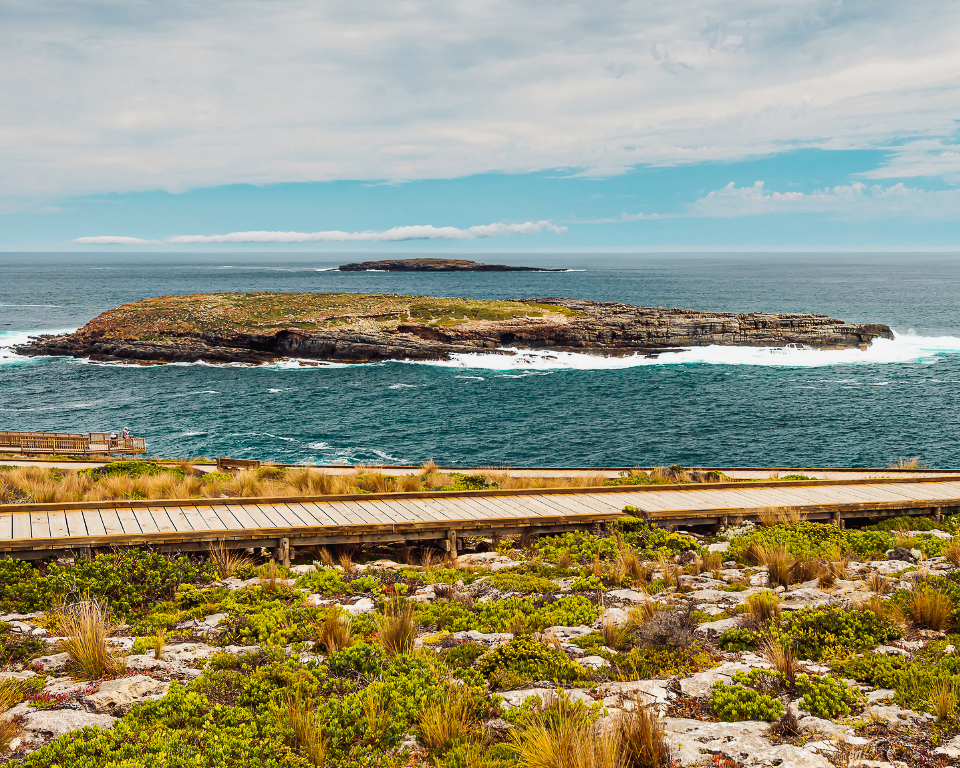
One of the main reasons drawing travellers to venture to Kangaroo Island is to observe the island’s unique wildlife and one of the best ways to see it is by hiking the KI Wilderness Trail. This 60km, 5-day hiking adventure unfolds a picturesque panorama, encompassing rugged coastal cliffs, unspoiled beaches, dense eucalyptus forests, and more.
Situated within Flinders Chase National Park on the western end of the island, Kangaroo Island is easily accessible by ferry from the mainland. Often referred to as Australia’s “Galapagos” the island boasts abundant wildlife and unique ecosystems, much of which is protected in nature reserves or parks.
Wildlife found on the island includes little penguins, sea lions, tammar wallabies, koalas, dunnarts, and glossy black cockatoos. Other highlights along the trail include seeing Remarkable Rocks, the Cape du Couedic Lighthouse, and Admirals Arch.
Despite the challenges posed by the 2019-20 bushfires, Kangaroo Island and its Wilderness Trail have undergone modifications and repairs. Currently, hiking the trail is limited to guided experiences with licensed tour operators. Anticipated for the end of 2023, the trail will once again welcome self-guided hikers.
Ready to explore?
Australia’s great outdoors is open to everyone, whether you’re a beginner camper or are ready to conquer difficult walks.
